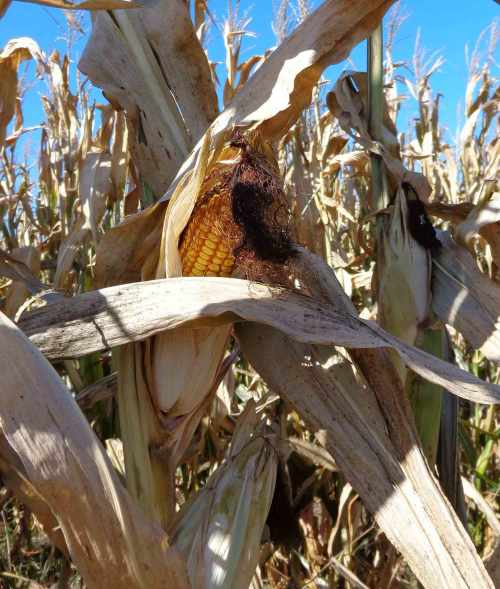I’ve decided to adopt Montana as part of the Midwest. The type of farming, the love for the land, and the history of families working together to feed the world make it feel similar to what I’ve discovered while traveling around the Midwest. And Montana is a next-door neighbor of the northern Midwest.
On the 100-year-old, family-owned and -operated Welker Farms in northern Montana, this love/land/family combination is made gloriously visible through the efforts of fourth-generation farmer Nick Welker, who, in addition to farming, creates glorious videos that reflect the majesty of the location and of the work. He also creates fun video of rebuilding farm equipment–because keeping things going is a big part of successful farming. But in this video, it’s the epic vision of harvest season on the sprawling Welker property that is recorded. This is a really beautiful piece of work.
If you enjoy eating regularly, it’s good to remember that this is why. Because 80 percent of all crops in the U.S. are grown on family farms. They may be big farms, like this one, but they are operated by a handful of people who love farming and have, in most cases, been doing it for generations.











